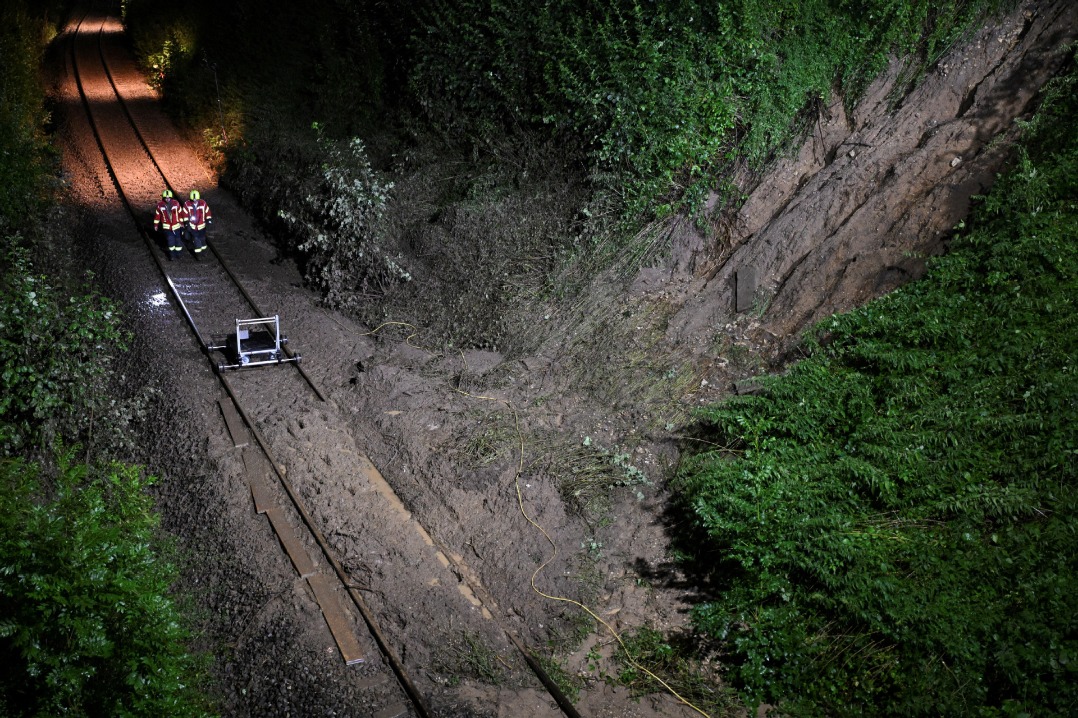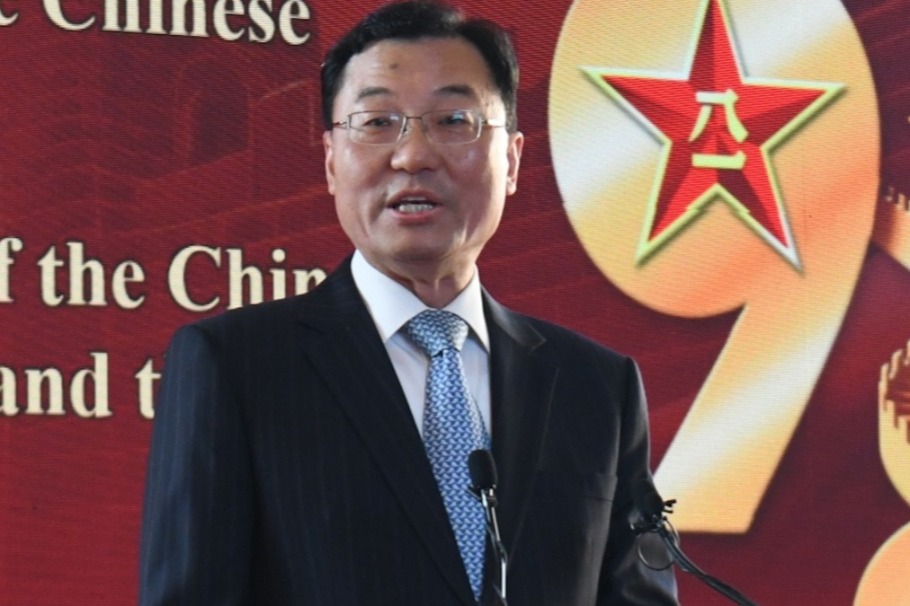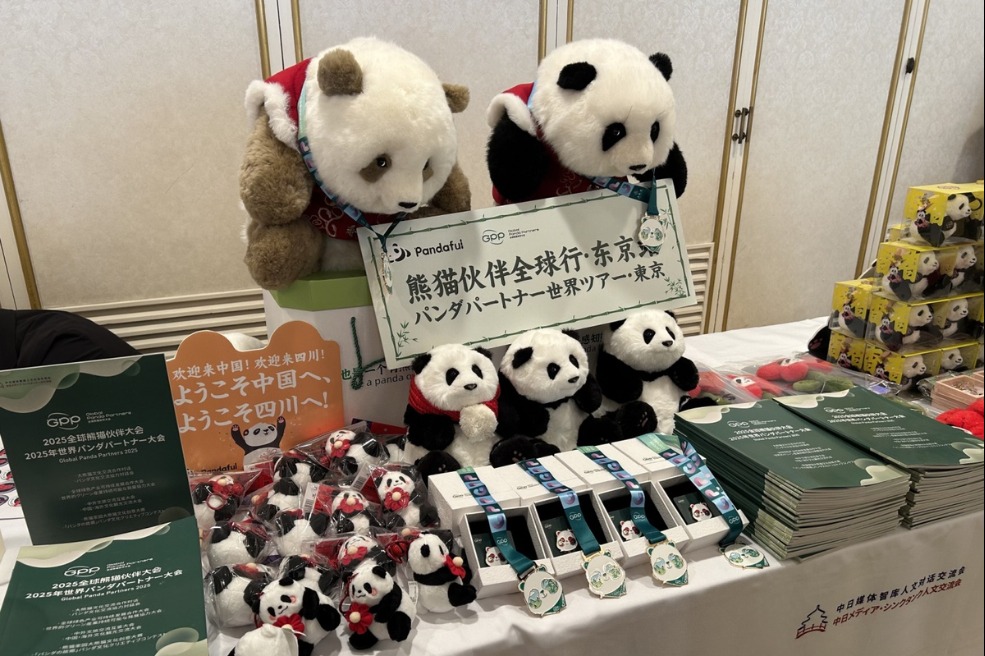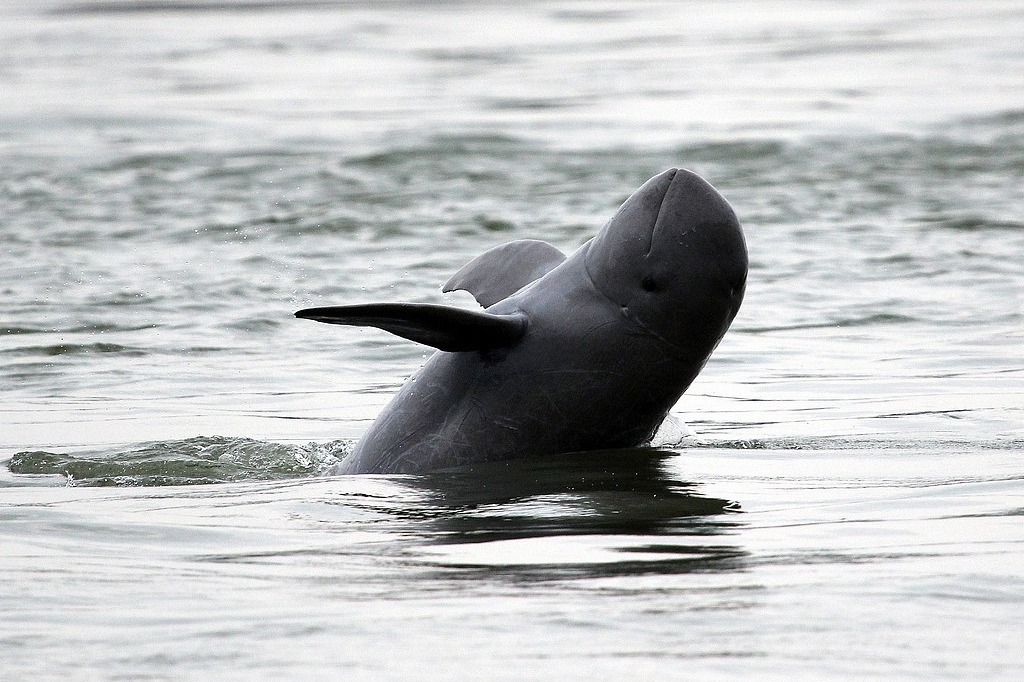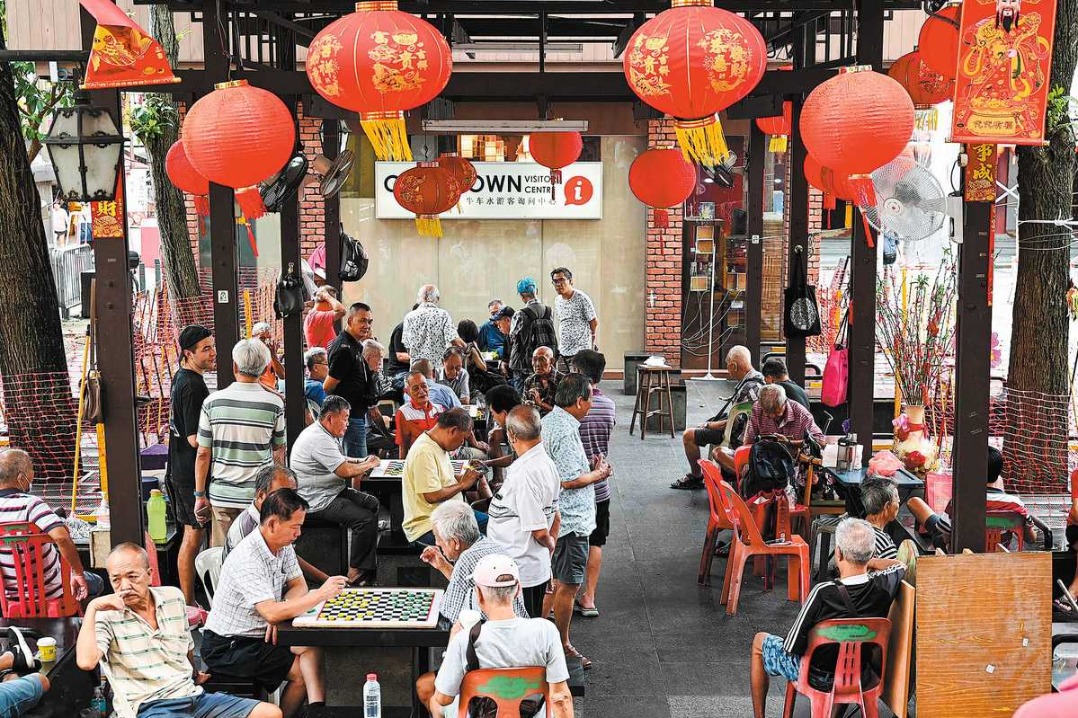New program will subsidize preschools

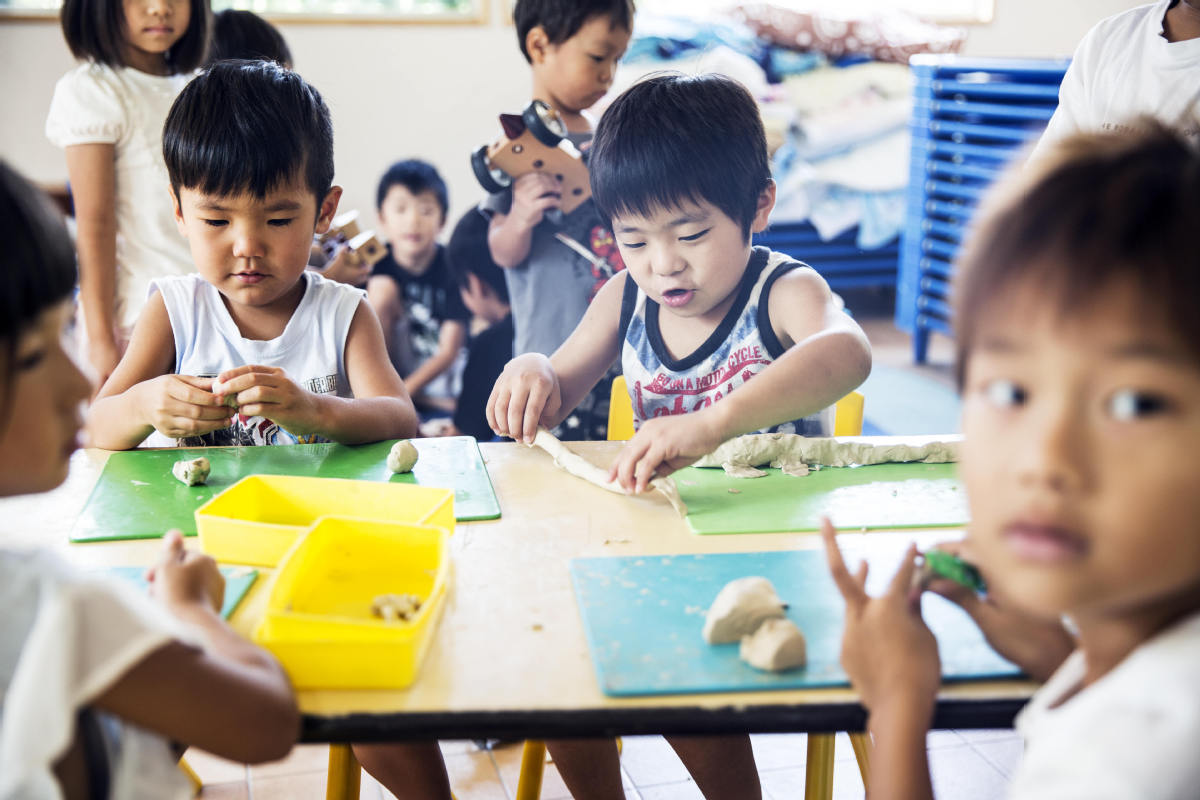
Policy is viewed as pillar of Abe's drive to stem Japan's declining birthrate
For Ryouko Sugawara, who has two children attending a private high school in Tokyo, "free education" does not make any sense to her.
"The policy looks really attractive from outside, but if one takes a deeper look, the money still comes from ordinary people by increasing our taxes," Sugawara said. "The money will be paid by the person who should pay."
The Japanese government enacted two education laws in May, one pertaining to preschools, the other to higher education. Opposition lawmakers fiercely opposed the proposed laws, saying that the country already had a record-high national debt and building more nurseries should be prioritized over free preschools, given the long list of younger children on the waiting list for daycare centers.
According to the government, revenue from the planned consumption tax hike from 8 percent to 10 percent, effective in October, will be used to fund the new programs, which are expected to cost $18.6 billion every year.
Under the first law, nursery services for children up to two years of age will be free for low-income families and all children from ages three to five will eligible for free preschool, starting from October.
Those with children now enrolled in preschools not authorized by local governments can apply for monthly subsidies up to 37,000 yen ($343) per child aged from three to five, and $390 for children aged two years and younger.
Under the new higher education law, entrance and tuition fees will be waived or reduced for public and private universities from April 2020 in a bid to cut the financial burden on low-income families.
The estimated $7.2 billion government investment in higher education also includes stipends to cover students' living expenses.
As a landmark policy of Japanese Prime Minister Shinzo Abe's administration, free education has been viewed as the pillar of his drive to stem the country's falling birthrate.
"The financial burden of education and childcare which falls heavily on young people, has become a bottleneck preventing them from having and raising children. This is why we are making education free," Abe told lawmakers at a parliamentary session in May when he introduced the bill.
Haruka Ioka, 55, a man who has three children attending elementary school and high school said he welcomed the free education policy very much and hoped it would alleviate his financial pressures.
"I haven't studied the policy in detail but, in general, I think it is the responsibility of the government to provide education for its citizens no matter rich or poor," he said.
Living in Tachikawa, a Tokyo suburb, Ioka said he feels the pressure of raising kids as the expenses go up every year, while his salary remained almost the same.
A survey conducted by Japan's Ministry of Health, Labor and Welfare in 2018 showed the average annual household income was $51,981, which was $10,000 less in buying power than in 1994.
On the other hand, data from the Japan's Education Ministry showed the total tuition fee of a student from private kindergarten to private high school totaled about $164,238 for 15 years, triple the cost of public education over the same period of time.
"It means the tuition expenditure of a child attending private schools will account for one-fifth of a household's income," said Kawan Soetanto, a professor at the School of International Liberal Studies at Waseda University in Tokyo.
"Together with other expenses, it will account for about a quarter of the average household income, which means children's education is not only a heavy burden for low-income families but also for the middle class," Soetanto said.
Ryuji Koizumi, a member of the parliament's House of Representatives and director-general of International Bureau of the ruling Liberal Democratic Party, told China Daily the majority of Japanese citizens agreed with the new "free education" policy as it will reduce the pressure on working-class and be perceived as a countermeasure to the low birthrate.
College loans
Referring to the annual cost of $18.6 billion, he said: "The money is huge if you only consider the amount, but to tackle the low birthrate issue, I think it is not enough."
When students taking loans to cover their college fees became a norm rather than an exception in Japan, Soetanto said an uncertain future under the cloud of debt has made it impossible for many young people to even consider raising a child.
According to Japan Students Services Organization, a quasi-governmental agency and the largest provider of student loans in Japan, 51 percent of students depend on its funding or funding from elsewhere. In 2004, only 31 percent of Japanese college students had taken out loans. Now graduates owe about $76 billion in total.
"Heavy debts are weighing young people down as they begin their adult lives and worries that they won't get jobs needed to repay the loan further dissuades them," Soetanto added.
Yu Qiang, a Japan Studies researcher at the University of International Relations in Beijing, said another problem should be raising concerns about the free education program. "It is the unsustainability of Japan's national debt."
Data from Japan's Finance Ministry showed that the national debt of Japan has reached $10 trillion, a record high for the third consecutive year, while a list from World Population Review said Japan had the highest national debt in the world at 235.96 percent of its GDP, followed by Greece and Portugal.
"Japan's tax revenues are not adequate to cover the nation's increasing social security costs as the population ages," Yu said.

















